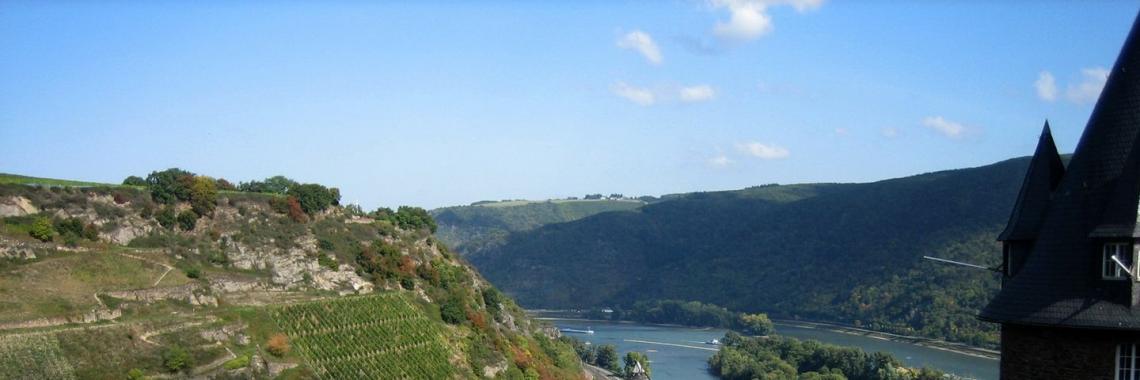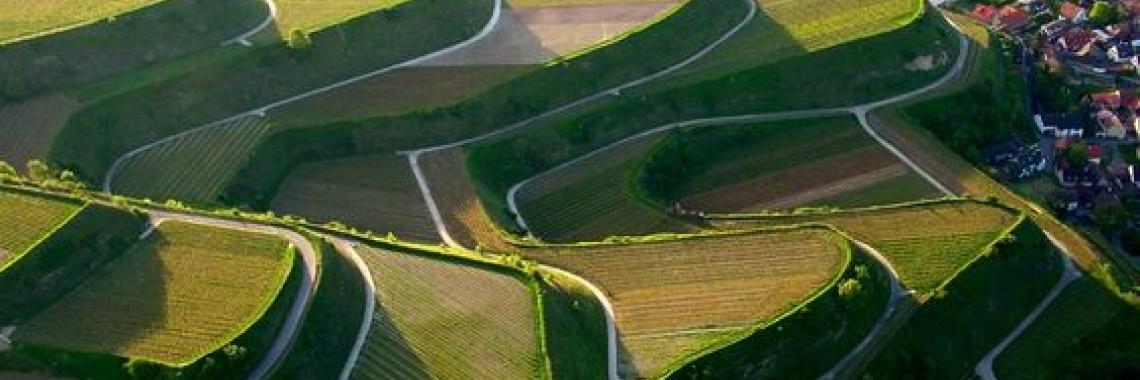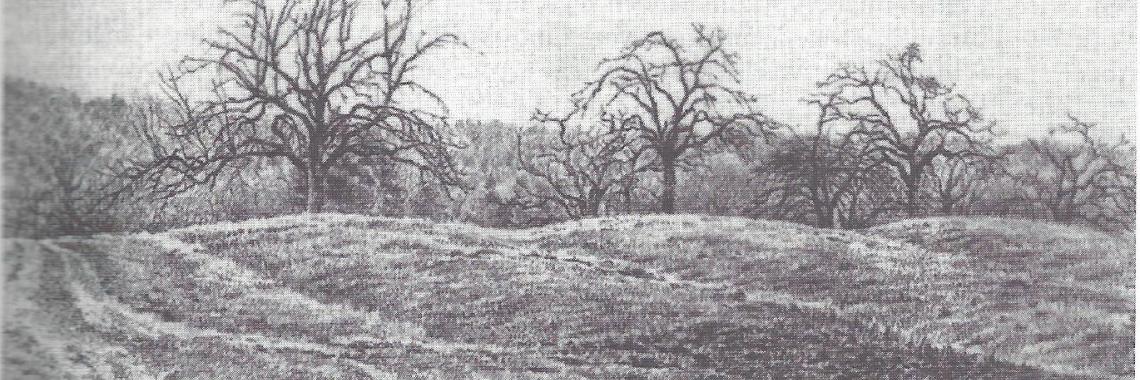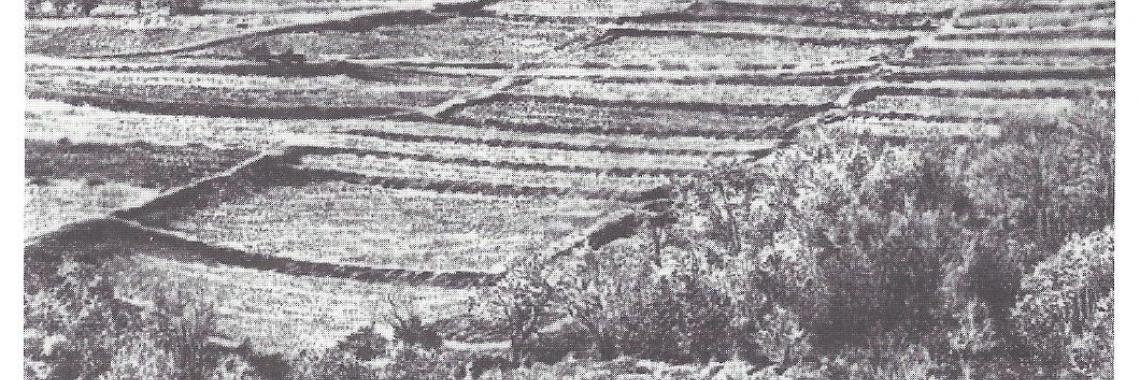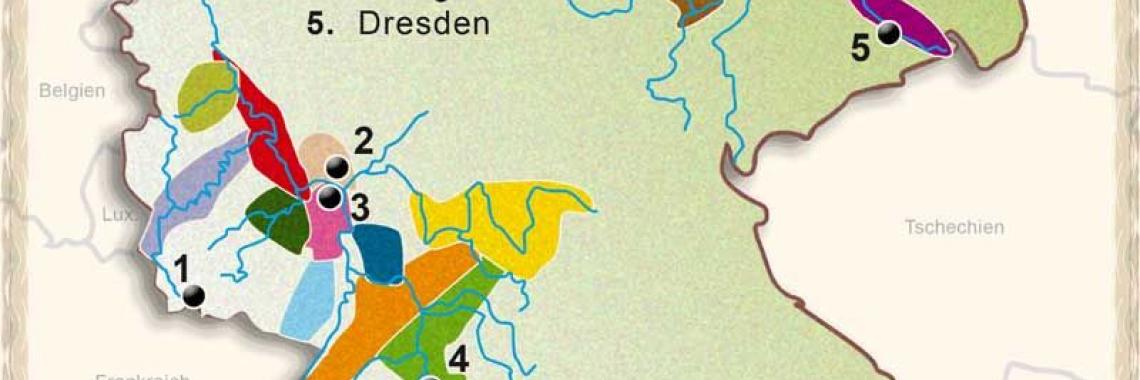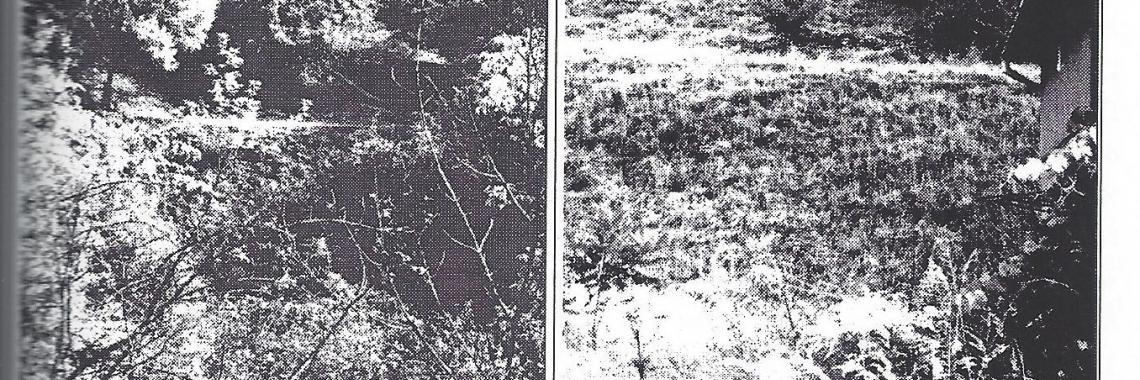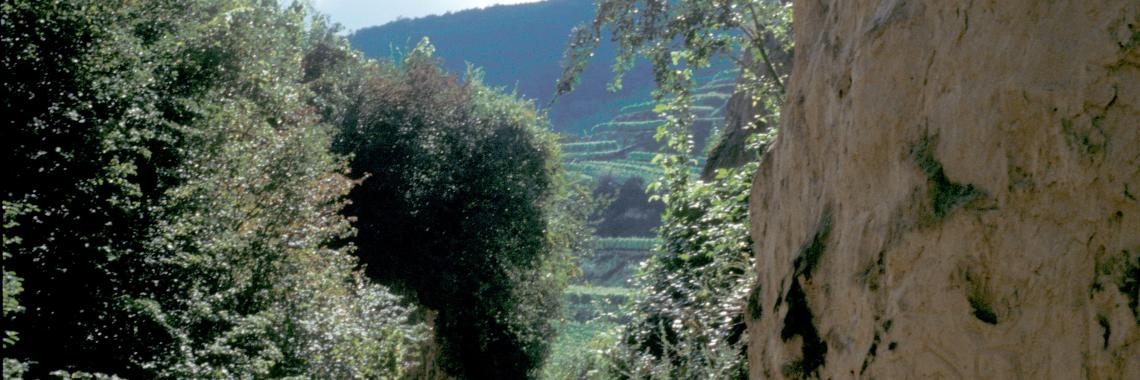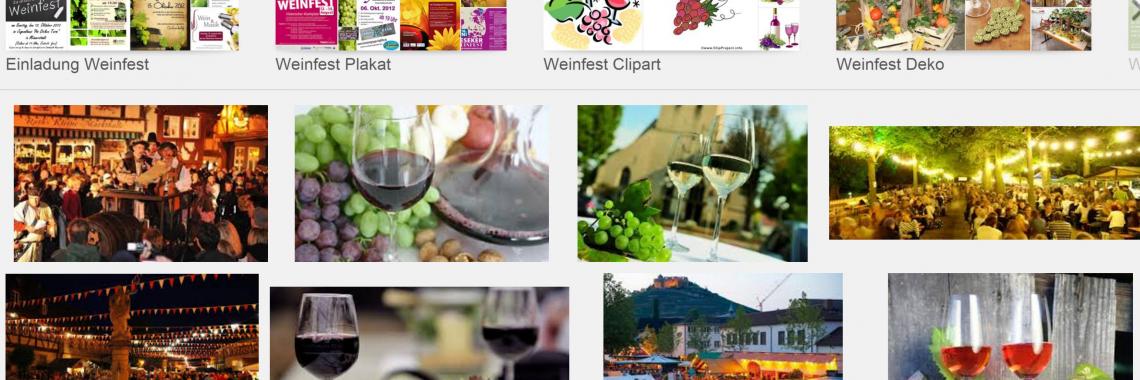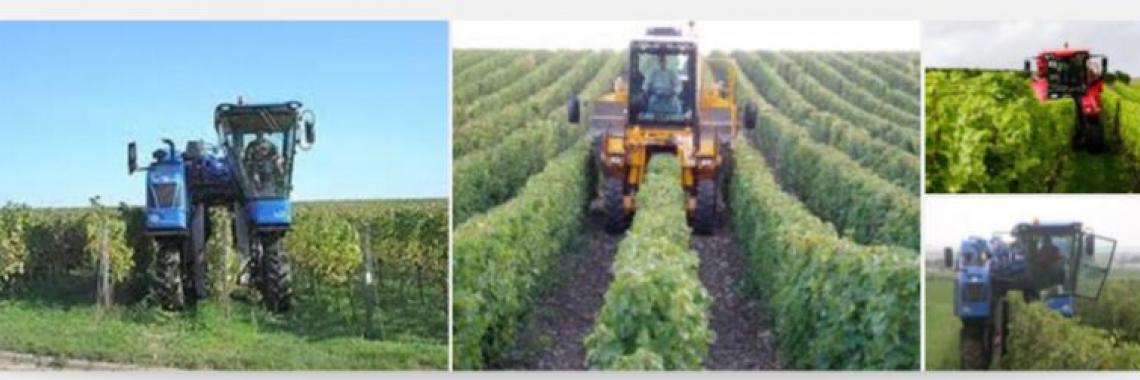Terraced landscapes in Germany
21.04.2017, by Alexandra Kruse
Research & Upload: Alexandra Kruse. The entries are still in process
The used name in Germany is Terrassen and for the landscape Terrassenlandschaft, according to their function also Ackerterrassen and especially important Weinterrassen for wine growing. Old names are Stufenrain, Kulturwechselstufen (see fig. 2). An additional historic type is the so called “Wölbäcker”(see fig. 3). There is a huge agrarmorphological ensemble of relief features, related to terraces that have been created in order to use the ground as best as possible – depending on natural conditions – and which do not exist anymore or only as relict, conserved through a different type of type.
However, the majority of German terraces are intentionally created, some have ‘appeared’ through long-term tillage, namely ploughing along slopes, which has resulted in erosion in the upper and accumulation (Konold 1996:102 ff) in the lower part of arable fields. They occur mainly at river slops and in hilly regions, at the lower foothills of the Alps. Natural terraces do only occur next to rivers in the high mountains. Terraces have been created in order to make production more profitable: Working on terraces is easier than on steep slopes, inclination can be better used, erosion will be reduced.
Intentionally created terraces for agricultural production date back early; historical findings prove wine cultivation at the rivers Rhine and Moselle appr. 5th cent. before Christ through Romans (Gilles 1995). It is unknown when fruit plantation on terraces started. But for the North-Eastern part of Germany (Brandenburg) it can be proofed for the 12th century (KRUSE 1999: 186ff). In former times, fields for crop production have been created everywhere in hilly regions. Nowadays most of those terraces are used as grassland, often as (horse)pasture (see fig. 5), as tillage is restricted to plain areas.
Most terraces wine yards are artificial in order to use better the microclimate and inclination towards the sun and heat. Terraces are less steep and therefore easier to work at, less soil erosion is caused by evacuating rain water because of less inclined soils.
At the end of the 20th century several small, traditional terraces have been removed in order to create bigger flat fields to allow mechanised production. Pennig 2012 describes the case of the Kaiserstuhl region, where more and more people left in the 60ties and 70ties their farms as they could not afford a living anymore. In order to stop this migration, a huge land consolidation plan was started with the aim to produce large, tractor compatible fields. The whole area was newly modelled by the help of huge machines. Production was much quicker, easier and therefore more efficient than before and the migration trend was stopped. Unfortunately several negative components were the result: Many historic structures with high importance for biodiversity, like hollow ways had been destroyed. Rare and/or endangered plant and animal species lost their habitats. Erosion increased and, more important, in the backrows of these new and large terraces, cold air led to freeze of the grapes. Therefore the success was smaller than anticipated.
51.054882, 7.617153
50.9829, 7.52837
- Bronner, Joh. Ph. (1837): Der Weinbau im Königreich Württemberg, Heidelberg, https://play.google.com/books/reader?id=6_E6AAAAcAAJ&printsec=frontcover&output=reader&hl=de&pg=GBS.PP3
- Gilles, K.-J. (Hg.) (1995): Neuere Forschungen zum Weinbau an Mosel und Rhein, Schriften zur Weingeschichte, Nr. 115, Wiesbaden
- Konold, W. (Hrsg.) (1996): Naturlandschaft Kulturlandschaft – Die Veränderung der Landschaften nach der Nutzbarmachung durch den Menschen. ecomed
- Kruse (Schmidt), Alexandra (1999): „Beitrag der historischen Landschaftsanalyse für aktuelle Fragen des Naturschutzes“ GCA-Verlag
- Pennig, L. (2012): Infoblatt Flurbereinigung im Kaiserstuhl. TERRASSE online, Ernst-Klett-Verlag: https://www.klett.de/sixcms/detail.php?template=terrasse_artikel__layout__pdf&art_id=1006208
- Raba, Angelika (1996): Historische und landschaftsökologische Aspekte einer inneralpinen Terrassenlandschaft am Beispiel von Ramosch : Inaugural-Dissertation zur Erlangung der Doktorwürde der Geowissenschaftlichen Fakultät der Albert-Ludwigs-Universität Freiburg im Breisgau ; vorgelegt von Angelika Raba aus Augsburg, Freiburg im Breisgau : Univ., 1996.
Internetlinks
https 1: http://www.urlaubmitgewinn.de/2015/04/endingen-vlr/kaiserstuhl-oberrotweil-weinterrassen/
Terraces occur mainly at river slops (in Central, West and East Germany) and in hilly regions as well as at the lower foothills of the Alps. Natural terraces do only occur next to rivers in the high mountains and are very rare today.
Today Occurrence can be subdivided
- Regional: river valleys,hilly regions, mountain regions.
- By function: Wine production,Fruit tree production, Gardening (urban, private, educational gardening, small scale), Special production forms
- Genesis: Natural, Artificial (production improvement, flood protection, infrastructure, mining, etc.)
Neither natural once nor infrastructural ones are treated within this databank.
Inclination towards the sun, in order to use the local climate conditions, at rivers, up to 400 m max. highest mountain in the Kaiserstuhl: 556 m
Foothills of the Alps: max. 1000 m
Slopes
Terraces appear on different soils/geology:
- River Moselle/Rhine: schist/slate
- Kaiserstuhl: volcanic, loam/loess
- Saale-Unstrut: sandstone and muschelkalk (shell lime)
Today the majority of terraces is used for wine production in the central and southern parts of Germany, mostly on steep river slopes. Terraced wine yards allow a better use of the microclimate and inclination towards the sun and heat and it is easier to work on them. Furthermore, soil erosion caused by evacuating rain water is reduced because of less inclined soils.
They are threaten through/by
- No use
- Land consolidation (from small to large)
- Destruction of stone walls
- Destruction of (loess) hollow ways
- Pesticide and chemical fertilizers
Protection:
- Extensivation of use and production
- Promotion of biological production
- Protection and/or creation of biotops
- Re-construction of dry stone-walls
Small scale: one of the most species-rich biotops with Stone walls with their gaps
These biotops or areas are (today) often protected by German law.
a) very small buildings (for material and shelter) used during wine production but of no known importance or awareness
dry stone walls
castles?
b) everything connected to wine and fruit production, Special production forms
c) mainly wine etc.
d) trails (see photo 14,15)
1. Hiking
- Rheinsteig
- Moselsteig
- Burgenwanderweg
2. Cycling
- RheinRadweg
- Saale-Unstrut-Weg
- Donauradweg
a) dry stone walls especially at the very steep river slopes
in Kaiserstuhl, due to the loess/loam, we find huge, impressive hollow ways (I do have slides, but I have to scan them)
These hollow ways have a very typical flora and fauna, many endangered and many endogen species.
Machines, tractors, Kiepe (see photo 16)
wine feasts, wine tasting
Locally the awareness for the wine is high, important economic good but also for tourism, both increasing (also due to climate change as the quality of German is getting better).
Many hiking paths, well organised and very well merchandised (via internet) (see KRUSE presentation Prada do Sil)
High awareness among actors in the field of nature protection, as well as among planners and farmers and last but not least tourism, but also among local people.
No category for terraced landscapes in the German “Landscapes to be protected in Germany” (see map) by the National Agency of Nature Conservation, but we find: orange with white strips: “winelandscapes”
Dry stone walls are often protected locally as well as hollow ways, e.g. in the Kaiserstuhl with a high number of indigenous Species.
Many biocenosis with species preferring a warm, dry climate (Mediterranean), south and south-eastern European species; vineyard-Herbs-Societies with special div. leek/allium, hyacinth, wild Tulips, div. ornitholagum.
Some species are adapted or even indigenous in wine yards.
Large parts of the wine production terraces are included in the UNESCO World Heritage site "Upper Middle Rhine Valley".

